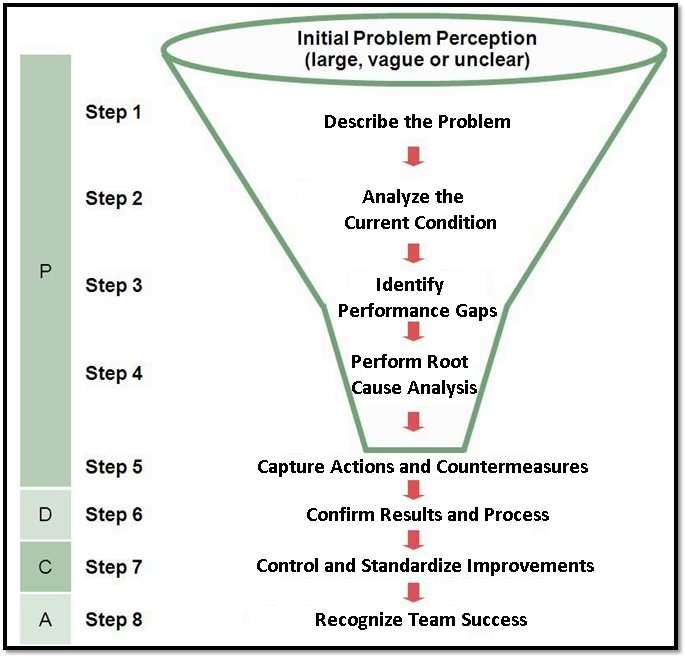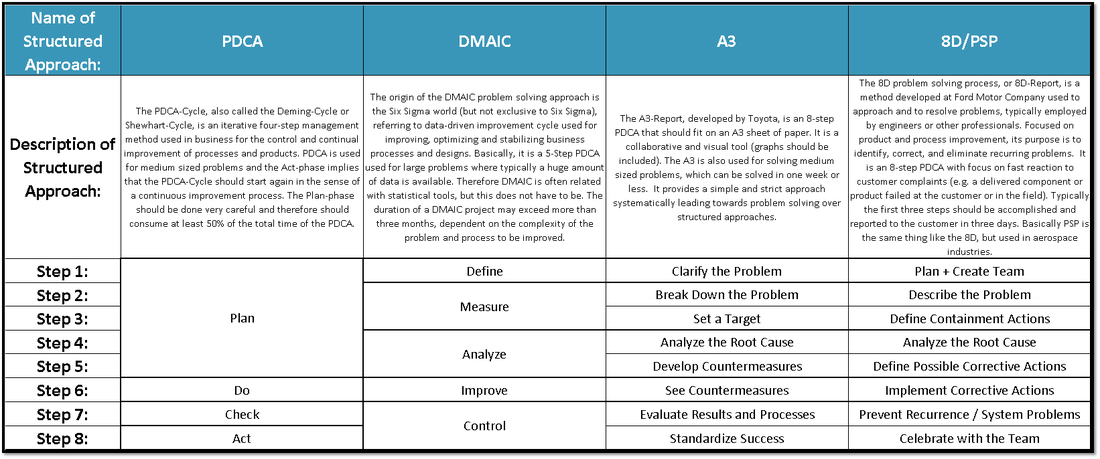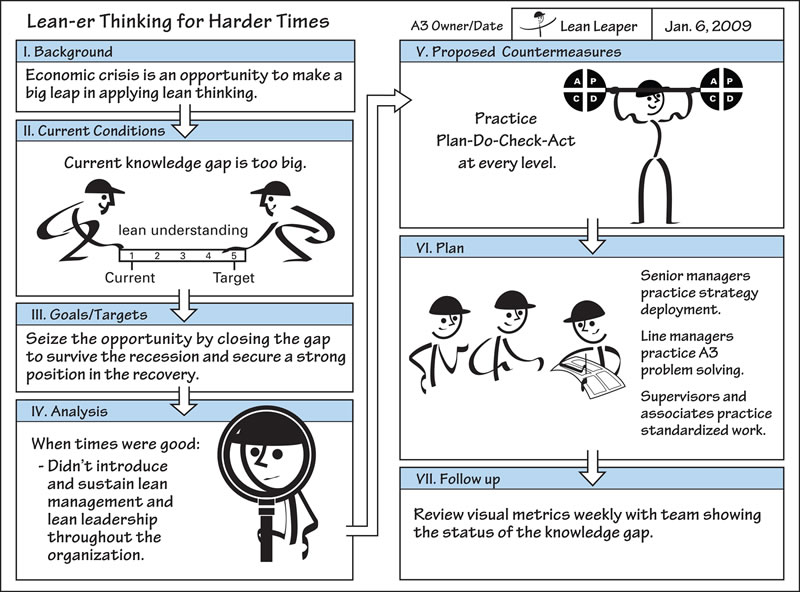Benefits of Structured Problem Solving
The main reason is that a round shape does not have to be perfectly positioned and the opportunity for it to fall through is eliminated completely. We don't think about this because it has never really been a problem from its conception. Purpose: Funnel Down to the Root Causes of Problems and Prioritize SolutionsUnderstanding The Problem is Most of the Battle
Common Structures at a High Level: |
ArchivesCategories |
Copyright © 2024








 RSS Feed
RSS Feed